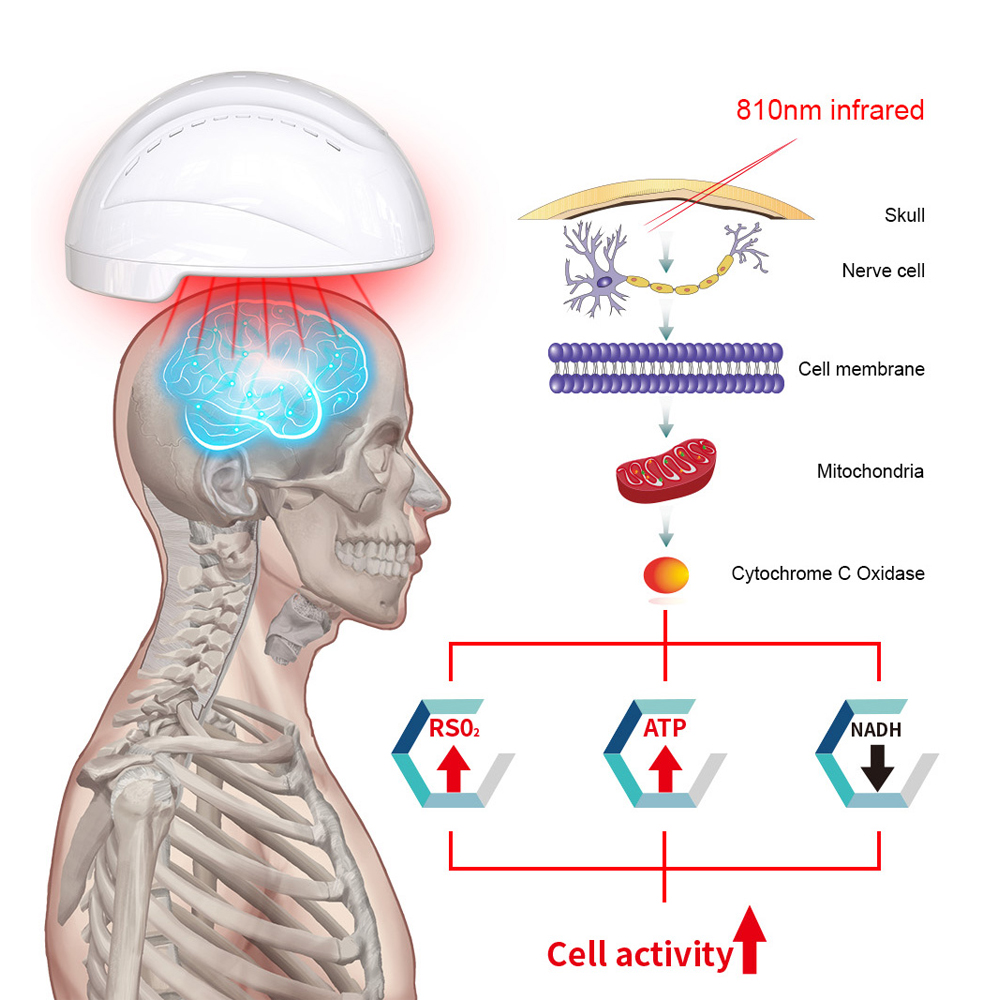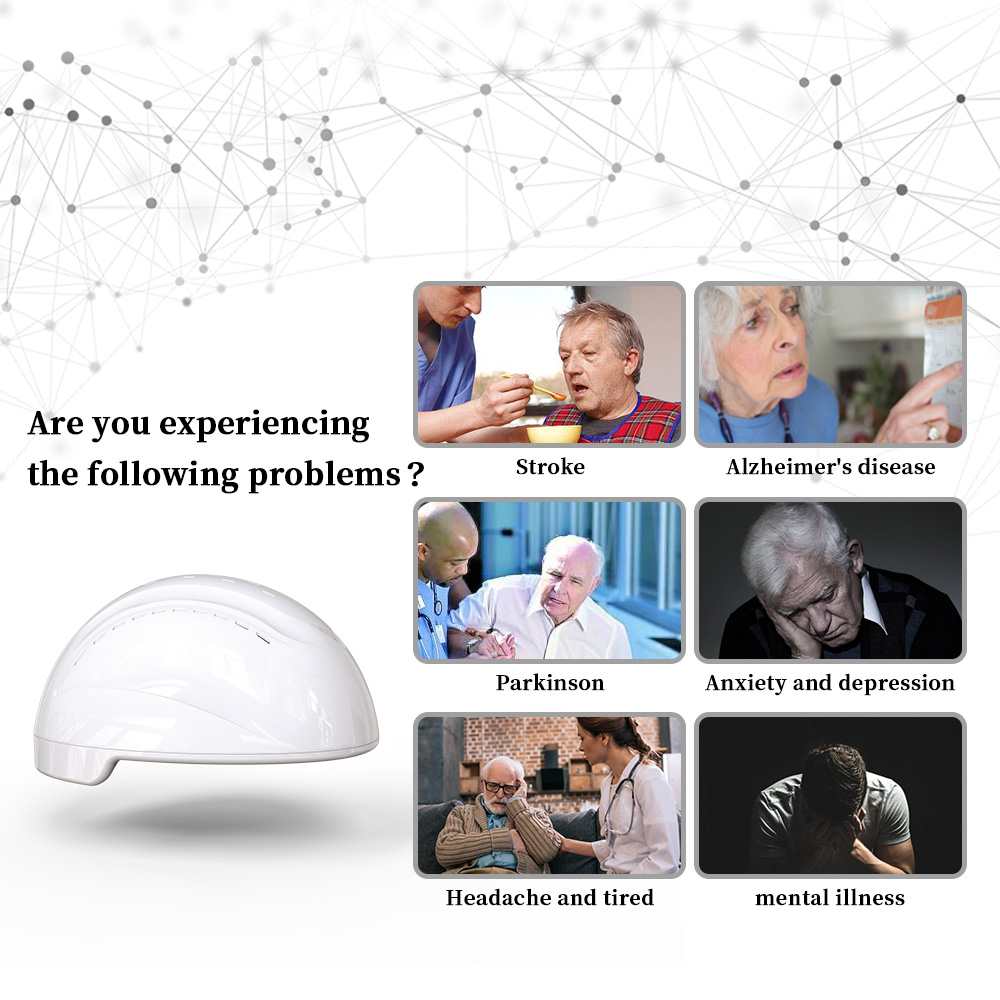Key technologies for single-season late rice production
It is the key to harvesting a single crop of late rice harvesting in a single season of late rice soaking and germination.
First, adhere to the appropriate sowing. In recent years, the phenomenon of “early sowing†in the single-season late rice in our city is obvious. Due to premature sowing, the rice stalks are getting higher and higher, the lodging is intensifying, and the rice quality is declining. Therefore, it is necessary to insist on proper sowing. In the plain area, Liangyoupeijiu, Zhongzheyou No.1, Liangyou 0293, Yuyou 9th, Xieyou 728, Yixiangyou 2292, Yixiangyou 1577 and other combination varieties were planted in the middle and late May; Fengliangyouxiang No.1, The combination of Xinliangyou-6, Liangyou 6326, Yuyou 5, Yuyou 10, Yuyou 3, Yuyou 8, Shaoyu 9714 and Xiushui 09 was planted from the end of May to the beginning of June. The planting period in the mountainous area is appropriate early.
Second, do a good job in seed processing. It is a very effective and effective measure to prevent and cure rice diseases such as seedling disease by soaking and disinfecting 1500 times of 1500 times of drug solution with 25%. The soaking time is generally mastered: indica hybrid rice is 12~24 hours; indica and japonica indica rice are thicker and more slowly absorbed, soaking seeds for 36~48 hours; when the temperature is low, it is prolonged properly, and when the temperature is high, it is shortened properly. If water is found to have an odor during soaking, the water should be replaced in time.
Third, do a good job of seed germination. After picking up the rice seeds soaked in 100 grams, the germination can be carried out without washing. When the seeds are germinated, they should be placed in a well-ventilated container. Do not use a plastic bag or a woven bag (the water film is likely to form a water film to affect the ventilation). Generally, there is no need to warm (hot) during the germination process. Cover it with a damp cloth or a wet towel. Turn it over once every 8~12 hours, and do not spray too much water. Seeds such as Xiushui 09 have a certain dormancy phenomenon. The germination process will be 1~2 days longer than other similar varieties, and the buds between the grains are not neatly tidy, that is, sooner or later, so it is necessary to patiently germination. If the germination technology is not enough, it can be directly seeded after blind soaking. However, if it is a live broadcast, it is necessary to rush and then plant the buds. On the one hand, it is beneficial to shorten the sowing time to stand the seedlings and increase the emergence rate; on the other hand, the live herbicides such as nets are medicinal to the ungerminated seeds.
Fourth, to prevent rats, birds, rice and horses from harming. Treating sowing buds with 35% butyl thiocarbamate (spring, good winter) not only prevents rats and sparrows from harming, but also improves seedling rate, and also has good defense against early rice blasts and rice blasts. effect.
Fifth, advocate short-term early planting. The current single-season late rice cultivation system in our city provides a good application platform for short-term early planting techniques such as rice intensification. Practice has proved that shorter seedling transplanting can increase the number of early tillers, increase the number of effective panicles and the number of grains per panicle, thereby increasing rice yield with greater amplitude. Generally, it can be transplanted between 15 and 20 days of age and 3.5 leaves of leaf age.

Suyzeko 810nm Infrared LED Light Therapy Helmet Brain Health Neuron Feedback Stimulation Photobiomodulation Helmet
What is photobiomodulation?
Photobiomodulation (PBM) is a non-invasive treatment method that uses light of a specific wavelength to affect the function of biological cells and tissues.
Its core principle is that when light of a specific wavelength is absorbed by the chromophore in the cell (such as cytochrome C oxidase in mitochondria), it will trigger a series of changes in biochemical reactions and signal pathways in the cell. These changes can include increasing cellular energy production (such as increasing mitochondrial ATP synthesis), regulating the redox state of cells, promoting cell proliferation and differentiation, inhibiting inflammatory responses, stimulating angiogenesis, and enhancing cell survival.

Photobiomodulation has applications in many fields, such as promoting wound healing, relieving pain, treating neurodegenerative diseases, and improving skin conditions. Light of different wavelengths and energies may produce different effects, and the specific application and effect depend on the parameters of the light and the target tissue and disease condition of the treatment.
How does 810nm have a beneficial effect on the brain?
The mechanism of 810nm near-infrared light on brain health mainly includes the following aspects:
First, photobiomodulation. 810nm near-infrared light can be absorbed by mitochondrial pigments in cells, thereby activating a series of intracellular signaling pathways. This can enhance mitochondrial respiration, increase cell energy production, and provide support for the normal function and metabolism of nerve cells.
Second, regulate neuroinflammatory response. It can inhibit the release of inflammatory factors, reduce brain inflammation, create a relatively stable and favorable microenvironment for nerve cells, and help protect nerve cells from inflammatory damage.
Third, promote angiogenesis and improve cerebral blood flow. Stimulate endothelial cell proliferation and migration, induce the formation of new blood vessels, thereby increasing blood supply to the brain. At the same time, by dilating existing blood vessels, further improve cerebral blood flow, and provide brain cells with sufficient oxygen and nutrients.
Fourth, regulate neurotransmitter balance. Affect the synthesis, release and metabolism of neurotransmitters, such as dopamine and serotonin, thereby improving the brain's neurotransmission function and having a positive impact on emotions, cognition, etc.
Fifth, stimulate neuroplasticity. Stimulate the proliferation and differentiation of neural stem cells, promote the formation and remodeling of synapses, help repair and rebuild damaged neural circuits, and improve the brain's ability to adapt and recover.
In short, 810nm near-infrared light plays a positive role in maintaining and improving brain health through a variety of comprehensive effects.

What diseases can 810nm helmets be used for? Here are some of the benefits of PBM light therapy for brain disorders:
1. Neuroprotection: PBM light therapy has been found to have neuroprotective effects, meaning it can protect the brain cells from damage and degeneration. It can help reduce inflammation and oxidative stress in the brain, which are common factors in many brain disorders.
2. Improved cognitive function: PBM light therapy has been shown to enhance cognitive function, including memory, attention, and problem-solving skills. It can stimulate the production of brain-derived neurotrophic factor (BDNF), a protein that promotes the growth and survival of brain cells.
3. Reduced symptoms of depression and anxiety: PBM light therapy has been found to have antidepressant and anxiolytic effects. It can increase the production of serotonin, a neurotransmitter that regulates mood, and reduce the activity of the amygdala, a brain region involved in fear and anxiety.
4. Enhanced neuroplasticity: PBM light therapy can promote neuroplasticity, which is the brain's ability to reorganize and form new connections. This can be beneficial for individuals with brain disorders as it can help improve their ability to learn, adapt, and recover from injuries.
5. Accelerated healing after brain injuries: PBM light therapy has been shown to accelerate the healing process after brain injuries, such as traumatic brain injury or stroke. It can improve blood flow to the injured area, reduce inflammation, and stimulate the repair and regeneration of damaged brain cells.

photobiomodulation, pbm light therapy,photobiomodulation therapy machine,Infrared Helmet,810nm 1070nm pbm helmet, rtms helmet
Shenzhen Guangyang Zhongkang Technology Co., Ltd. , https://www.szlighttherapymachine.com